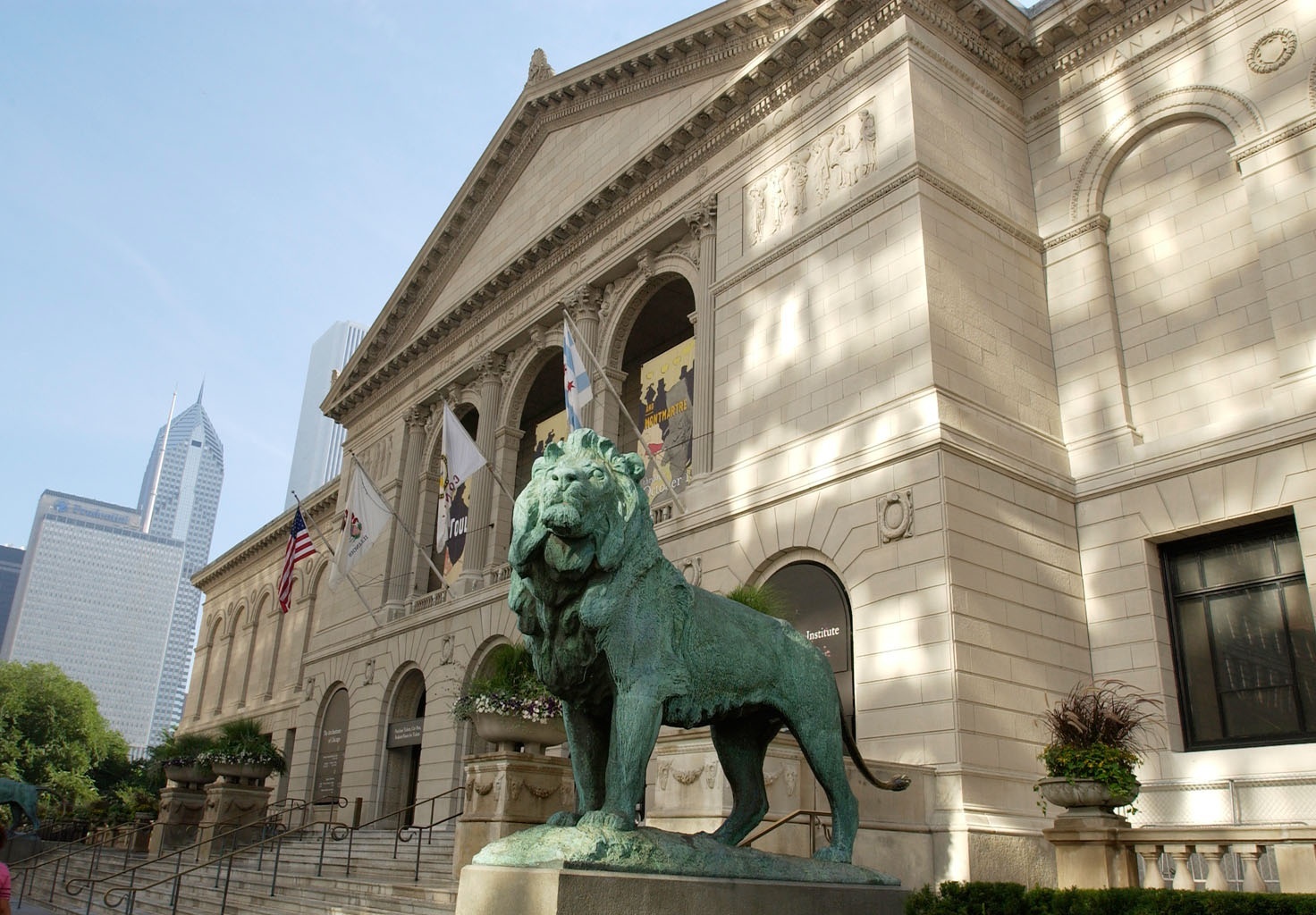Sep 2 2016 - Jan 10 2017
Chicago, IL
"What gives the strength of dynamite to the photo-poster and pamphlet? First of all, its motto is humanism. And, of course, the ability to see in subjects something new, that which others do not see, but that they should by all means see."
—Aleksandr Zhitomirsky, The Art of Political Photomontage, 1983
This exhibition, the first in the post-Soviet world devoted to leading Soviet political artist Aleksandr Zhitomirsky (1907–1993), offers a captivating portrayal of a satirist and loyal citizen who inventively furthered his country’s official causes across a tumultuous half-century—from the Depression era and World War II through the decades of colonial liberation in Africa and Asia, civil rights in America, and even international crises over oil and dictatorship in the 1970s and 1980s. Over 100 works—all drawn from the Ne boltai! Collection—provide an overview of Zhitomirsky’s career and methods in photomontage.
Zhitomirsky began publishing drawings in 1929. He established his reputation as a leading propaganda artist in World War II, when he adopted the techniques of celebrated German photomonteur John Heartfield to striking effect. Zhitomirsky’s photomontage leaflets, dropped on German troops by plane as part of an extensive psychological warfare campaign, caught the attention of many Nazi troops and, reportedly, of Reich Propaganda Minister Joseph Goebbels. “Choose This or That” read the pamphlets in German, inviting soldiers to lay down their guns to spare their lives or perish in the long Russian winter, as many did.
Following the war, Zhitomirsky adapted his techniques and motifs to new current events: echoes of Hitler and Goebbels, for example, shaped representations of Harry Truman and Winston Churchill. Over time, however, a roster of new objects, and particularly animals, came to life in Zhitomirsky’s work. An airborne scorpion with the head of Uncle Sam, a lion in glasses devouring minarets and oil derricks, simians of various descriptions delivering harangues on television or sporting Wall Street suits—Zhitomirsky’s gift for grotesque satire became more compelling as it grew more fantastical.
Credit: Exhibition overview from museum website.
Whether you go or not, accompanying the exhibition is an extensive monograph on Zhitomirsky that gives the first thorough review of his career and methods in any language. Aleksandr Zhitomirsky: Photomontage as a Weapon of World War II and the Cold War includes English-language excerpts from Zhitomirsky’s memoir, and a reference guide to his published montages.
As the leading Russian propaganda artist Aleksandr Zhitomirsky (1907–1993), his photomontages were airdropped on German troops during World War II. He later worked for Pravda and other leading publications, satirizing American politics and finance from the Truman through the Reagan eras and educating his public about Egypt, South Africa, Vietnam, and Nicaragua as well. Zhitomirsky favored the grotesque and the eye-catching. His villainous menagerie included Reichsminister Joseph Goebbels as a distorted simian and an airborne scorpion outfitted with an Uncle Sam hat.
In this comprehensive, image-driven account of Zhitomirsky’s long career, Erika Wolf explores his connections to and long friendship with the German artist John Heartfield, whose work inspired his own. Wolf also examines more than 100 of Zhitomirsky’s photomontages and translates excerpts from his one published book, The Art of Political Photomontage: Advice for the Artist (1983). In an era when satirical photomontage thrives on the Internet and propaganda has reasserted itself in America and Russia alike, this study of a once-prominent yet internationally undiscovered artist is more than timely.
Exhibition Venues & Dates
Sep 2 2016 - Jan 10 2017
Chicago, IL

